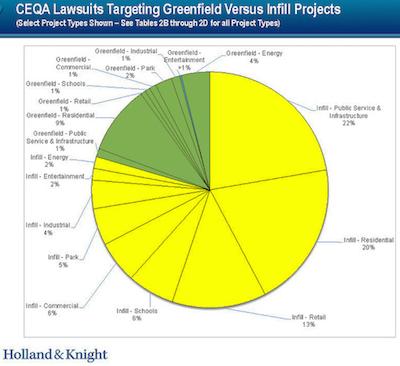
Understanding CEQA Litigation
Navigating CEQA Litigation: Setting the Stage
CEQA (California Environmental Quality Act) litigation can be a daunting prospect for legal professionals. The complexities of environmental law combined with the intricacies of the CEQA process demand a strategic approach. Before delving into practical tips and tricks for mastering CEQA litigation, it’s essential to understand the foundational principles and procedural aspects of CEQA.
Key Components of CEQA Litigation
CEQA litigation typically arises when a project undergoes environmental review, and stakeholders challenge the adequacy of the environmental impact report (EIR) or negative declaration. Understanding the key components of CEQA litigation is crucial. This includes familiarity with the CEQA guidelines, the role of lead agencies, and the standards for evaluating environmental impacts.
Strategic Planning and Preparation
Successful CEQA litigation often hinges on strategic planning and thorough preparation. Legal professionals should begin by conducting a comprehensive analysis of the project and the associated environmental documentation. This includes identifying potential issues, assessing legal precedents, and strategically positioning the case for success.
Building Strong Legal Arguments
Crafting strong legal arguments is essential in CEQA litigation. This involves not only understanding the relevant legal principles but also effectively applying them to the specific facts of the case. Legal professionals must articulate compelling arguments regarding issues such as project alternatives, mitigation measures, and the scope of environmental review.
Effective Communication and Advocacy
Effective communication and advocacy are critical skills in CEQA litigation. Legal professionals must be adept at presenting complex environmental issues in a clear and persuasive manner. This may involve drafting detailed legal briefs, preparing expert testimony, and presenting oral arguments before administrative bodies or courts.
Navigating Procedural Complexities
CEQA litigation is fraught with procedural complexities that can impact the outcome of a case. From filing deadlines to administrative procedures, legal professionals must navigate a maze of rules and regulations. Attention to detail and procedural diligence are paramount to avoid potential pitfalls and preserve legal rights.
Leveraging Expertise and Resources
Mastering CEQA litigation often requires leveraging expertise and resources. This may involve collaborating with environmental consultants, scientists, and other experts to bolster the case. Additionally, staying abreast of developments in CEQA law and tapping into professional networks can provide valuable insights and support.
Negotiation and Alternative Dispute Resolution
In some cases, negotiation and alternative dispute resolution (ADR) can offer viable pathways to resolution in CEQA litigation. Legal professionals should explore opportunities for settlement discussions and mediation, seeking creative solutions that address the interests of all parties involved.
Adapting to Evolving Legal Landscape
The legal landscape surrounding CEQA is constantly evolving, with new legislation, court decisions, and regulatory developments shaping the interpretation and application of the law. Legal professionals must stay informed about these changes and adapt their strategies accordingly to effectively navigate CEQA litigation.
Conclusion
Mastering CEQA litigation requires a combination of legal expertise, strategic planning, and effective advocacy. By understanding the nuances of CEQA law, diligently preparing their cases, and leveraging resources and expertise, legal professionals can navigate the complexities of CEQA litigation and achieve favorable outcomes for their clients. Read more about ceqa litigation


